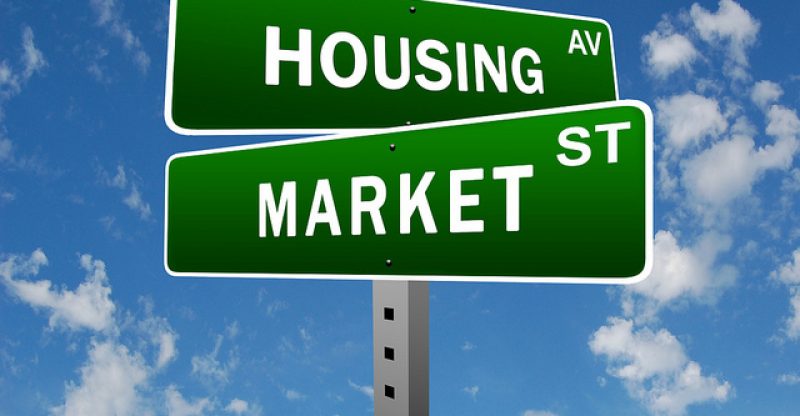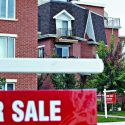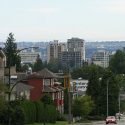The Ridiculous Predictions Piloting the Canadian Housing Market
Costs of houses in Canada are certainly going to keep rising at a rate of 17% yearly. Canadians generally have a notion of what a $21 million home looks like and it more or less resembles the Toronto mansion recently put on the market .The average cost of a house in Toronto is $548,547 and it is up by 8.2% this year so far. Most of the strength came from greater Toronto and southern Ontario. The hottest market is no doubt but southern Ontario because of the special attractions in the city like the Niagara Falls. Now imagine if the price of houses in Canada will continue to increase at its current pace then the typical abode in Canada will hit the $21 million mark in about 24 years.”Deduce” is the key word of course. It’s illogical to think that home prices will sustain this hot pace forever.
But while so many rational home owners are optimistic, note that 17% annual gains are not negotiable, (at that rate the average price will double in every five years), what matters is the impact of double-digit on home-buyers’ and home owners’ expectation. The more eye popping annual prices increase, the more expectations will rise. Maybe the average house may not be 21 million the thinking goes, but given the fact that dumpy teardowns in hot markets are already selling for a million plus, it’s not a stretch to think the average home will be worth at least a few million dollars not too far down the road, is it?
For home owners even the tiniest bit of possibility that their home fetch several million dollars equates to a powerful psychological windfall. Canadians have readily set the paper wealth through equity loan. The latest information from statistics Canada shows the remaining balance for personal lines of credit was close to $270 billion in January, up from $115 billion a decade and $30 billion in 2000.
Essentially any property that was sold after a relatively short holding time between 2004-06 would have accounted in big return for the investors and, thus, might have been specifically attractive as a signal of potential gains for new investors.We find that simply living near homes that are flipped also influences investment behavior, especially during the periods of most rapid price growth. In fact, the paper argues that neighborhood housing-bubble contagion was responsible for more than 11 percent of speculative real estate investments at the peak of the bubble.
With Canada’s housing market rising at such fast pace, it’s hard not to be lulled into thinking that double digit price gains are the new norm. Because by 2040 we might all be living like lord black.





